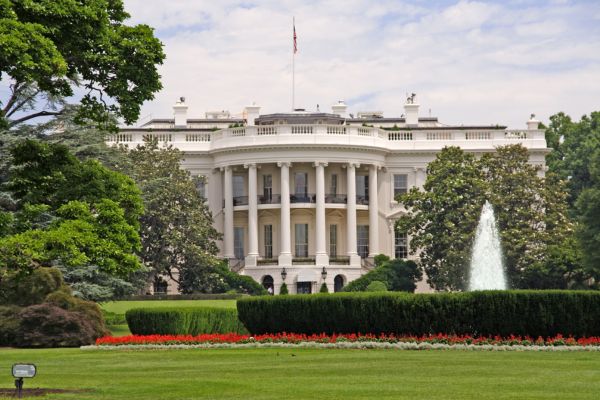
- Details
- By Native News Online Staff
The Sicangu Lakota Treaty Council will participate in the Biden Administration’s first-ever White House Summit on Building Climate Resilient Communities.
The Summit will explore effective climate resilience strategies that aim to help build communities that are resilient to the effects of climate change.
Participants will develop a roadmap for the administration’s National Climate Resilience Framework, which lays out objectives to align with investments to protect communities from the effects of climate change. The administration will also award more than $500 million in dedicated funding for new actions for climate resilience.
Phil Two Eagle, Executive Director of the Sicangu Lakota Treaty Council, was invited to attend the Summit based on his climate leadership convening the Lakota Nation to develop adaptation plans that help them respond to environmental changes.
“The Oceti Sakowin Oyate (the People of the Seven Council Fires) have thrived across a large portion of North America for millennia. Our livelihoods have depended on the care and wise management of the land, and many of us carry these values with us to this day,” Two Eagle said in a statement. “It is natural that we mobilize our community to address the changing climate for the benefit of our people, and all our relations.”
The Lakota Nation is taking action to address climate issues, building a climate monitoring and data center. Their capacity to fully respond to climate emergencies has been limited by the federal government’s continued violation of treaty rights.
A recent example of treaty violations that have reduced the Lakota capacity to address climate change is that of the Dakota Access Pipeline. This pipeline cuts through treaty lands and puts local communities and their scarce water resources at risk.
“The pipeline is only one example among many that illustrate why the Oceti Sakowin requires
the fulfillment of our treaty rights and complete sovereignty of our territory,” Two Eagle explained in the press release. “When empires occupy a place, they do not care for it because they do not live there. They exploit it and the people who dwell there. But because this land is our home, we care for it.”
More Stories Like This
Southern Sierra Miwuk Nation Gets 900-Acres ofLand BackChilkat Indian Village Tells New Palmer Mine Owners They Are “Not Welcome” in Chilkat Valley
Tribes, Coastal Group Ask Army Corps to Revoke Permit for Texas Export Terminal
Michigan Tribes Tell Supreme Court: Don’t Bail Out Enbridge
Alaskans Raise More Than $1 Million For Communities Devastated by Typhoon Halong
Help us defend tribal sovereignty.
At Native News Online, our mission is rooted in telling the stories that strengthen sovereignty and uplift Indigenous voices — not just at year’s end, but every single day.
Because of your generosity last year, we were able to keep our reporters on the ground in tribal communities, at national gatherings and in the halls of Congress — covering the issues that matter most to Indian Country: sovereignty, culture, education, health and economic opportunity.
That support sustained us through a tough year in 2025. Now, as we look to the year ahead, we need your help right now to ensure warrior journalism remains strong — reporting that defends tribal sovereignty, amplifies Native truth, and holds power accountable.
 The stakes couldn't be higher. Your support keeps Native voices heard, Native stories told and Native sovereignty defended.
The stakes couldn't be higher. Your support keeps Native voices heard, Native stories told and Native sovereignty defended.
Stand with Warrior Journalism today.
Levi Rickert (Potawatomi), Editor & Publisher


